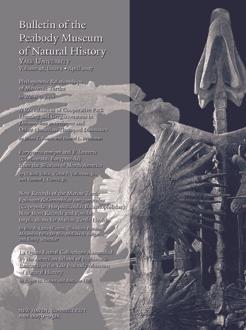Presented herein is the first morphological analysis of turtle relationships to examine the monophyly of many turtle groups by using only single species as terminals and by integrating a large number of primitive fossil taxa. The data matrix consists of 136 osteological parsimony informative characters with 169 derived character states for 45 fossil and 22 living species of the clade Testudinata. The results corroborate the monophyly of a large number of previously hypothesized clades, but refute the accepted hypothesis regarding the basal split of living turtles. In particular, the primitive turtles Proterochersis robusta, Kayentachelys aprix, Mongolochelys efremovi, Meiolania platyceps, and Kallokibotion bajazidi are removed from their current position as crown turtles and placed along the phylogenetic stem of this clade. The age of the turtle crown is thereby adjusted from the Late Triassic to the Late Jurassic, which is relevant to testing molecular clock hypotheses. This revised topology has important implications for the evolution of several character complexes, because it implies that the common ancestor of all living turtles must have had a partially braced brain case and a primitive trochlear mechanism. Other noteworthy conclusions include the tentative exclusion of protostegids from Chelonioidea, the placement of Platysternon megacephalum outside of Chelydridae, and the tentative interpretation of Sandownia harrisi as a basal eucryptodire.
How to translate text using browser tools
1 April 2007
Phylogenetic Relationships of Mesozoic Turtles
Walter G. Joyce
ACCESS THE FULL ARTICLE
basal turtles
Cryptodira
ecology
Pancryptodira
Panpleurodira
phylogenetic nomenclature
phylogeny





